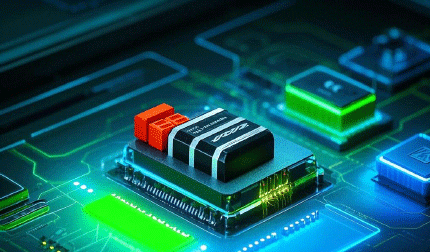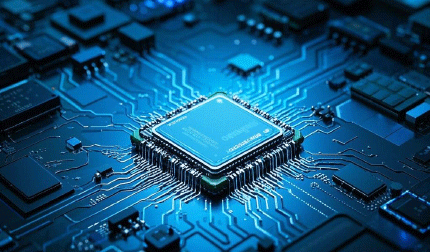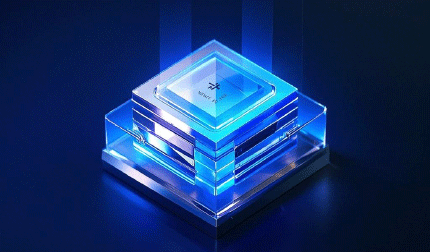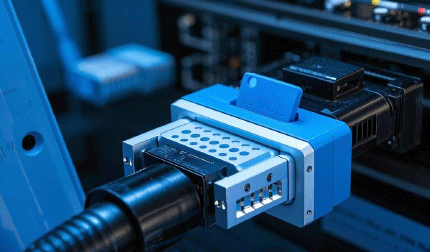Discrete Semiconductors: An In - Depth Look into the Industry's Development
In the ever - evolving landscape of semiconductor technology, discrete semiconductors stand as a fundamental and crucial component. These are components with distinct and independent electronic functions, as opposed to integrated circuits that combine multiple functions on a single chip. Discrete semiconductors play a pivotal role in a wide range of applications, from power management in consumer electronics to high - performance operations in industrial and automotive sectors.
1. Definition and Basics of Discrete Semiconductors
Discrete semiconductors refer to individual electronic components such as transistors, diodes, thyristors, and rectifiers. Each of these components is designed to perform a specific elementary electronic function. For example, diodes are primarily used to allow current to flow in one direction while blocking it in the opposite direction, which is essential in power supply circuits for converting alternating current (AC) to direct current (DC). Transistors, on the other hand, can be used as amplifiers to increase the strength of an electrical signal or as switches to control the flow of current, which is critical in digital circuits and power management systems.
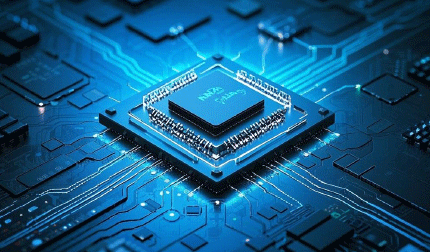
2. Market Dynamics and Growth
2.1 Market Size and Growth Rate
The global discrete semiconductors market has been on an upward trajectory in recent years. From 2022 to 2023, it grew from \(31.79 billion to \)36.49 billion, with a compound annual growth rate (CAGR) of 14.8%. This growth can be attributed to several factors. One of the key drivers is the rapid development in the automotive industry. As vehicles are becoming more electrified and automated, the demand for discrete semiconductors, especially insulated - gate bipolar transistors (IGBTs) and metal - oxide - semiconductor field - effect transistors (MOSFETs), has surged. IGBTs are an integral part of the electric vehicle (EV) power electronics system, controlling the flow of high - voltage electricity between the battery and the motor.
Looking ahead, the market is expected to reach $63.61 billion in 2027, with a CAGR of 14.9%. This projection indicates that the growth momentum will likely continue in the coming years, driven by technological advancements and the expansion of end - user markets.
2.2 Regional Analysis
In the forecast period, the Asia - Pacific region is also expected to be the fastest - growing region. The continuous investment in research and development, the expansion of manufacturing capabilities, and the increasing adoption of advanced technologies in the region will fuel this growth. In addition, the region's proximity to key raw material suppliers and a large pool of skilled labor also contribute to its competitive advantage in the discrete semiconductors market.
3. Applications of Discrete Semiconductors
3.1 Automotive Industry
Moreover, the increasing trend towards autonomous driving also requires discrete semiconductors for functions such as sensor signal processing and power control in advanced driver - assistance systems (ADAS). For example, in a lidar sensor system, discrete semiconductors are used to amplify and process the signals received from the laser reflections, enabling the vehicle to detect its surroundings accurately.
3.2 Consumer Electronics
The trend towards miniaturization and high - performance in consumer electronics has led to the development of more advanced discrete semiconductors. For example, smaller and more efficient MOSFETs are being developed to meet the space - constrained and power - hungry requirements of modern smartphones and tablets.
3.3 Industrial Applications
The increasing trend towards industrial automation also requires discrete semiconductors for controlling and monitoring various industrial processes. For example, in a smart factory, sensors are used to collect data on production processes, and discrete semiconductors are used to amplify and process these signals, enabling real - time control and optimization of the production line.
4. Technological Advancements
4.1 Material Innovations
SiC and GaN offer several advantages over silicon. They have a wider bandgap, which allows them to operate at higher temperatures, higher voltages, and higher frequencies. For example, in high - power applications such as EV chargers and industrial power supplies, SiC - based discrete semiconductors can offer higher efficiency and smaller size compared to their silicon counterparts. This is because SiC can handle higher voltages with less power loss, reducing the need for large heat sinks and enabling more compact designs.
4.2 Packaging Technology
In addition, advanced packaging technologies are also focusing on improving the thermal management of discrete semiconductors. As these components are used in high - power applications, efficient heat dissipation is essential to ensure their reliable operation. New packaging materials and designs are being developed to enhance heat transfer from the semiconductor die to the surrounding environment, thereby improving the overall performance and lifespan of the device.
4.3 Integration with Other Technologies
Moreover, the integration of discrete semiconductors with artificial intelligence (AI) and the Internet of Things (IoT) technologies is also on the rise. In IoT applications, discrete semiconductors are used in edge devices to perform local data processing and communication, enabling more efficient and real - time operation of IoT systems.
5. Challenges and Future Outlook
5.1 Challenges
Another challenge is the complexity of the supply chain. The discrete semiconductors industry relies on a global supply chain for raw materials, manufacturing equipment, and components. Any disruptions in the supply chain, such as natural disasters, trade disputes, or shortages of key raw materials, can have a significant impact on the production and delivery of discrete semiconductors. For example, the recent shortages of rare earth elements, which are used in some semiconductor manufacturing processes, have raised concerns about the stability of the supply chain.
5.2 Future Outlook


